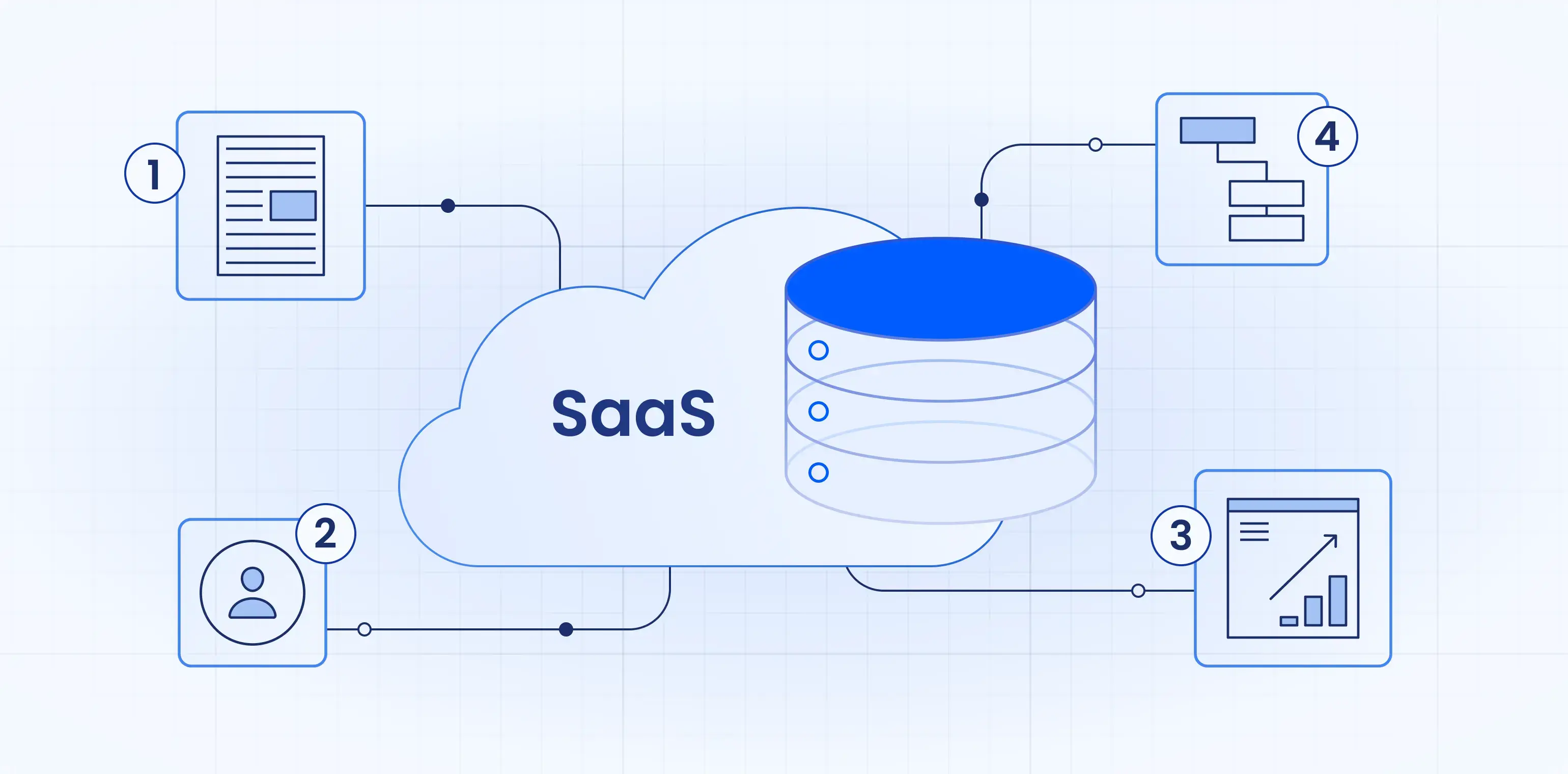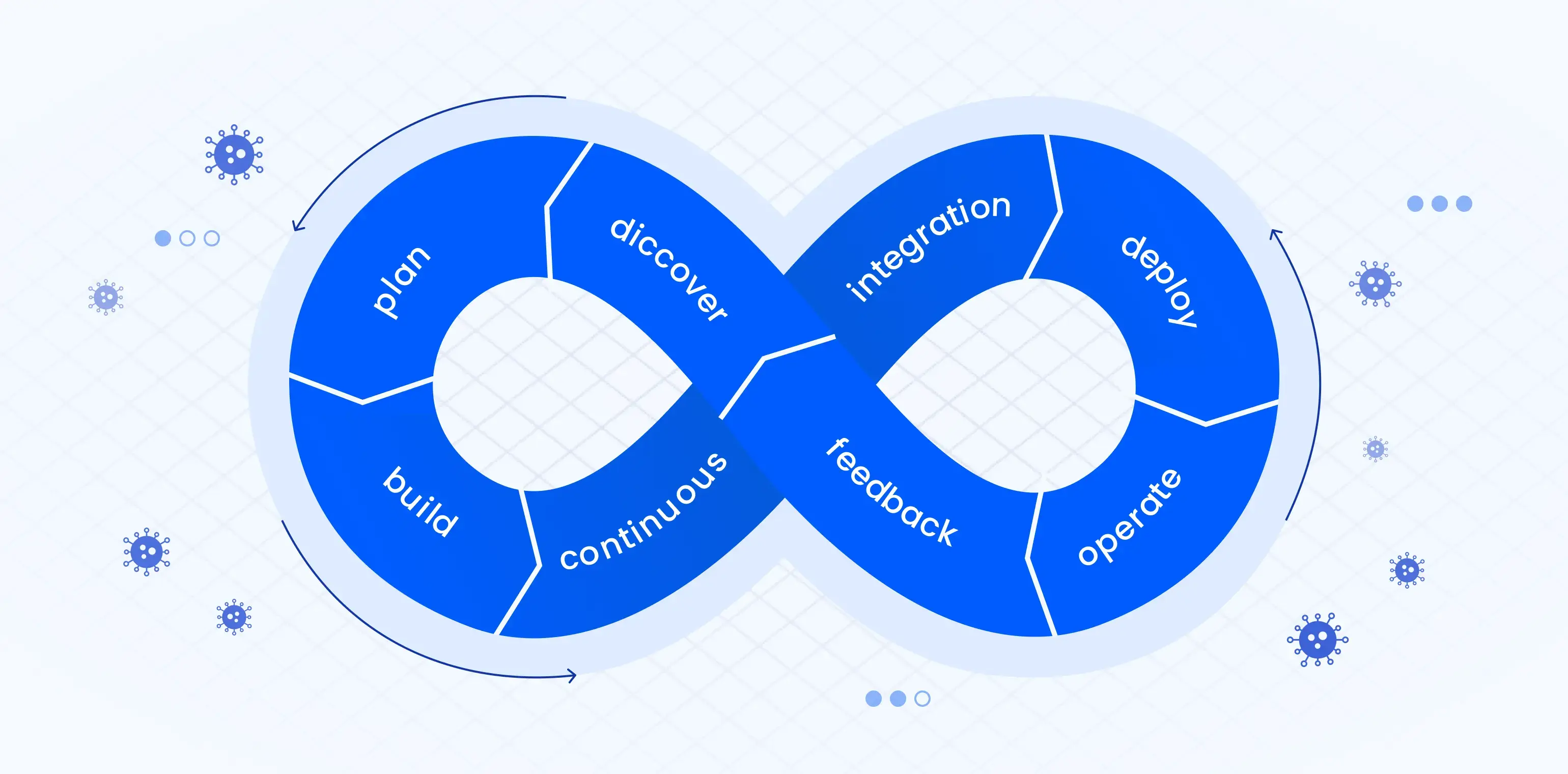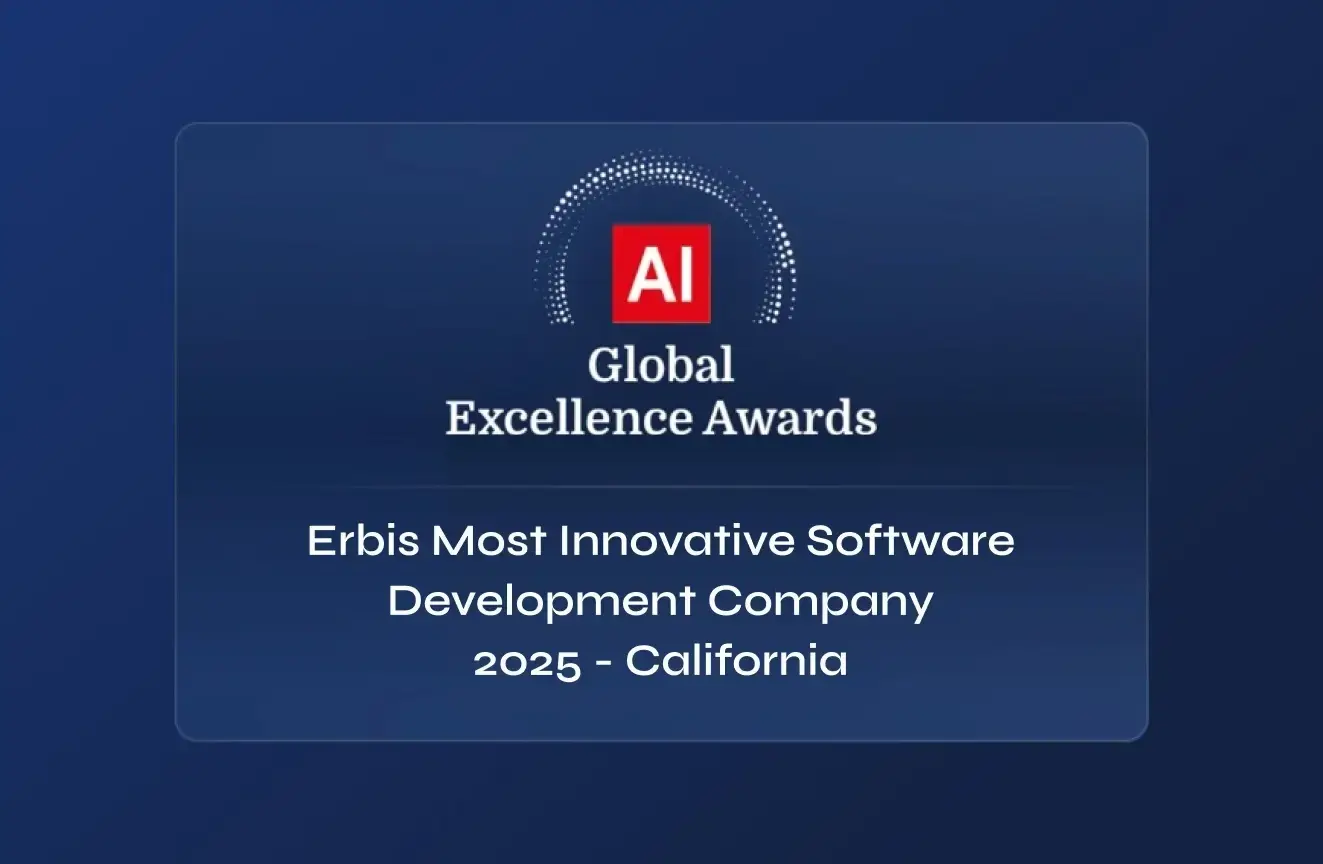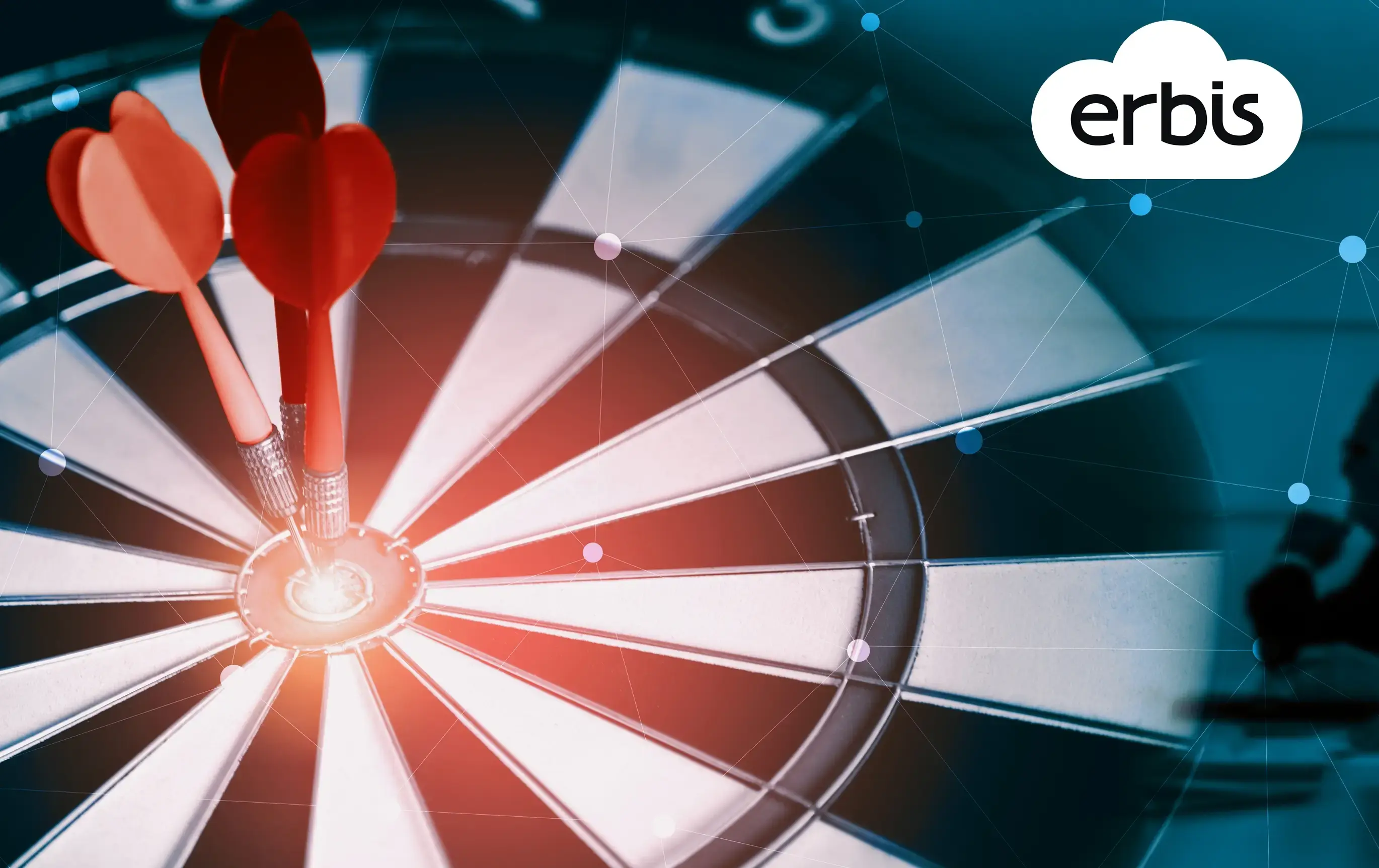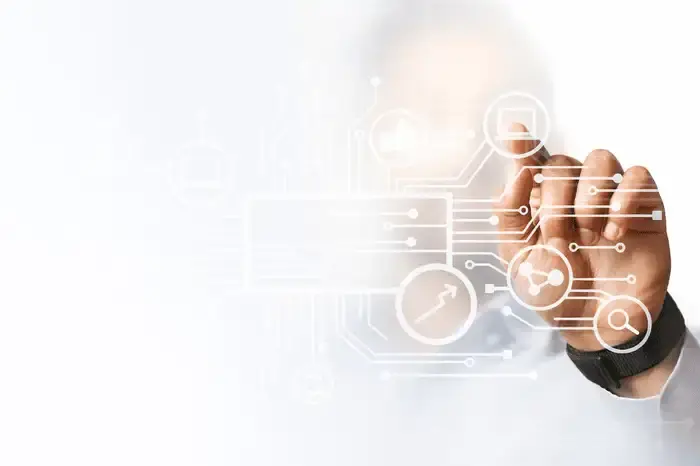9 Trends Shaping AI Automation in Legal Tech for 2025: Transforming How Lawyers Work
The legal industry has long been marked by tradition—libraries full of case law, complex contracts scrutinized line by line, and endless administrative work. However, with rapid advancements in artificial intelligence, this landscape is on the cusp of transformation. Statista has reported a notable rise in the application of artificial intelligence (AI) within the legal services sector over recent years. This trend aims to enhance operational efficiency and deliver more precise results in legal proceedings.
According to the latest report from Grand View Research, the global legal AI market was valued at USD 1.45 billion in 2024 and is expected to expand at a compound annual growth rate (CAGR) of 17.3% from 2025 to 2030. This growth is driven by the increasing demand for automation in various legal applications, including eDiscovery, case prediction, regulatory compliance, and contract management and review. Legal firms and departments are challenged with handling vast amounts of data and documentation. However, the rise of AI-driven solutions has enabled these entities—along with government bodies—to streamline processes such as contract analysis, legal research, due diligence, and document review.
By 2025, AI-driven automation will redefine the boundaries of legal work, enhancing productivity, reducing inefficiencies, and maximizing profits. To thrive, legal professionals must understand and prepare for these innovations.
1. Advanced Legal Document Automation
In the past, document automation was limited to basic templates that saved lawyers only a fraction of their time. Today, we’re seeing a leap into dynamic, AI-powered drafting systems that understand context and legal nuances. Picture a system that not only fills in boilerplate text but also flags potentially risky clauses, adapts language based on jurisdiction, and ensures that contracts comply with the latest regulations. These tools remove the need for rote tasks, allowing lawyers to focus on crafting more strategic content, ensuring greater consistency and speed in documentation.
Beyond contracts, AI-driven document automation extends into areas such as invoice processing. Legal departments often deal with high volumes of invoices, requiring meticulous checks for accuracy and compliance. AI invoice automation is made possible due to software solutions streamline this by automating data extraction, validation, and processing. For instance, systems can automatically identify errors, categorize line items, and flag anomalies for review, reducing manual labor significantly. Furthermore, these solutions can analyze historical data to identify patterns that drive cost efficiencies, ensuring optimal allocation of resources.
By automating repetitive tasks and enabling real-time data analysis, AI empowers legal teams to achieve operational efficiency and focus on higher-value activities. No matter it’s drafting documents or processing invoices, these tools act as a force multiplier, delivering both speed and accuracy that were previously unattainable.
2. AI-Powered Contract Lifecycle Management (CLM)
Managing the contract lifecycle is labor-intensive, from drafting and negotiation to execution and renewal. AI-powered CLM solutions integrate intelligence at every step. With predictive analytics, these systems forecast negotiation roadblocks and flag potential compliance issues. For instance, AI can scan thousands of clauses in real-time, suggesting modifications that align with a firm's risk tolerance. This not only accelerates the negotiation phase but also provides a safety net for legal teams, significantly lowering the risk of non-compliance or unfavorable terms slipping through.
3. Advanced Natural Language Processing and LLMs in Legal Research
Natural Language Processing in legal tech has evolved far beyond simple keyword matching that characterized early legal databases. Modern systems, powered by sophisticated Large Language Models, can now understand complex legal concepts and relationships with near-human comprehension. These systems can be fine-tuned with a firm's own precedents and unique legal interpretations – similar to how a senior partner might mentor junior associates, creating an institutional knowledge base that grows more valuable over time.
What sets these systems apart is their ability to handle nuanced legal queries in natural language and work across multiple languages. A lawyer can now ask complex questions like "Find recent cases where the court rejected a force majeure defense in software licensing disputes during economic downturns," and receive relevant results ranked by precedential value and factual similarity. In international practice, these systems can analyze foreign legal documents while preserving technical meaning – a crucial advantage in cross-border transactions.
Perhaps most significantly, modern legal NLP systems can identify implicit legal reasoning and trace the evolution of legal doctrines across hundreds of cases. Like an astute legal scholar, they can spot subtle shifts in judicial interpretation that might escape traditional research methods. However, these tools aren't replacing legal reasoning – they're amplifying it. Think of them as a powerful telescope that extends human vision rather than an autonomous pilot, allowing attorneys to see further into the legal landscape while still relying on their professional judgment for final decisions.
4. Real-Time Legal Research Assistance
Legal research has historically been one of the most time-consuming tasks for lawyers. However, AI tools are now streamlining this process by offering real-time, context-aware search capabilities that go beyond mere keyword matching. These platforms can parse vast databases, extract pertinent information, and summarize case law in minutes. This is akin to having an experienced research assistant at your disposal 24/7, freeing up time for lawyers to craft more compelling arguments without the exhaustive hours spent flipping through pages.
5. Automated Compliance Monitoring
Regulatory landscapes are constantly shifting, posing a perpetual challenge for legal teams to maintain compliance. AI-driven compliance monitoring systems proactively identify potential gaps and alert teams before minor issues become costly problems. These tools are particularly adept at parsing through regulations such as GDPR and HIPAA, aligning business practices with industry requirements. Just as a watchtower guards against unseen threats, AI provides legal firms with an early warning system to mitigate regulatory risks.
6. Personalized AI Assistants for Legal Teams
Administrative tasks can be as time-consuming as legal work itself. Personalized AI assistants are changing the game by automating routine activities such as scheduling, task prioritization, and document organization. Through advanced natural language processing (NLP) I mentioned above, these assistants can interact with team members seamlessly. They don't just listen, they understand context and respond accordingly. With mundane tasks streamlined, legal professionals can focus on tasks that demand their expertise and strategic thinking.
7. AI-Driven eDiscovery Solutions
In the past, the discovery phase of litigation involved sifting through mountains of documents, an exercise that tested the patience and resources of legal teams. Modern AI-driven eDiscovery solutions can analyze data sets in record time, grouping documents by relevance and identifying patterns that might elude human eyes. This technology makes it possible to find that one piece of crucial evidence buried among thousands of files—a needle in a digital haystack—saving both time and resources.
8. Integration with Blockchain Technology
The intersection of AI and blockchain technology is creating exciting possibilities in legal tech. Imagine a secure vault where every transaction is recorded immutably and transparently—this is what blockchain offers. When paired with AI's analytical capabilities, firms can ensure secure transactions while gaining insights into patterns and anomalies that may require attention. This combination promises not only enhanced security but also greater trust between clients and their legal representatives.
On top of that, blockchain technology fosters transparency in legal processes. By providing a clear audit trail of all transactions, it allows stakeholders to verify compliance and track changes over time. This transparency can build greater trust between clients and legal professionals, as clients can independently verify that their interests are being safeguarded. As firms increasingly adopt these technologies, they unlock new opportunities for service delivery that cater to individuals and small businesses who may have previously faced barriers due to high costs and complexity.
9. Focus on Data Privacy and Security
As reliance on technology grows, so does the importance of data privacy and security in legal tech. With increasing cyber threats looming like dark clouds on the horizon, law firms must prioritize robust security measures. AI can bolster these efforts by identifying vulnerabilities and responding to threats in real time. In this way, AI acts as both shield and sword—protecting sensitive information while enabling firms to operate efficiently.
AI plays a pivotal role in enhancing data security protocols within law firms. By employing machine learning algorithms, firms can detect unusual patterns of behavior that may indicate a breach or attempted fraud. This proactive approach is akin to having a vigilant guard watching over the treasure chest—ready to alert you at the first sign of trouble. Furthermore, AI can automate compliance checks with data protection regulations such as GDPR or HIPAA, ensuring that firms remain compliant while minimizing human error.
What’s more, the integration of encryption technologies adds another layer of security. Encryption transforms sensitive information into unreadable code that can only be deciphered by authorized parties. This means that even if data is intercepted during transmission or storage, it remains protected from prying eyes. As law firms navigate an increasingly complex regulatory landscape, prioritizing data privacy and security not only protects client information but also enhances the firm's reputation—building trust in an industry where confidentiality is paramount.
Challenges and Opportunities
Despite these advancements, challenges persist. Ethical concerns about bias in AI models, data privacy, and regulatory compliance must be continuously addressed. AI systems can sometimes reflect or even amplify biases present in their training data, leading to potentially unjust outcomes. This places an onus on developers and legal teams to ensure rigorous testing and auditing of these tools. Additionally, the sensitive nature of legal data raises concerns about data breaches or misuse, particularly when working with third-party AI vendors. Regulatory compliance further complicates matters, as firms must navigate varying laws across jurisdictions, which can be both time-consuming and costly.
What’s more, integrating AI solutions often demands significant initial investment. It goes about both finances and employee training. All this can deter smaller firms from adopting these technologies. However, these challenges are not insurmountable. Addressing them proactively can transform potential barriers into stepping stones for innovation. Legal professionals who leverage AI effectively can offer differentiated services, meet client expectations faster, and handle more cases without proportional increases in manpower.
Conclusion
AI automation is set to transform legal tech in profound ways by 2025. Advanced document drafting, predictive case analysis, and personalized digital assistants are no longer just concepts—they’re reshaping how lawyers work and how firms operate. The decision to embrace these changes will not only impact efficiency but also determine who leads the legal market into a new era.
The future is here. The question is: will you be ready to meet it head-on?
FAQ: AI Automation Trends in Legal Tech for 2025
AI is revolutionizing legal work by automating routine tasks, improving research accuracy, and enhancing operational efficiency. From document drafting to compliance monitoring, AI-driven tools help law firms deliver faster, more precise results while reducing costs and freeing up lawyers for higher-value work.
1. Advanced Legal Document Automation: AI-powered drafting systems generate context-aware documents, flag risky clauses, and ensure compliance with current regulations. 2. AI-Powered Contract Lifecycle Management (CLM): Predictive analytics streamline negotiations, flag compliance issues, and manage contracts efficiently. 3. Advanced NLP and LLMs in Legal Research: Large Language Models (LLMs) understand complex legal queries, track doctrinal shifts, and support multilingual research. 4. Real-Time Legal Research Assistance: AI tools provide instant, context-aware search and summarization, drastically reducing research time. 5. Automated Compliance Monitoring: AI systems proactively identify regulatory gaps and help maintain compliance with evolving laws. 6. Personalized AI Assistants: Automate scheduling, task management, and document organization, allowing lawyers to focus on strategic work. 7. AI-Driven eDiscovery: Rapidly analyzes large datasets, identifies relevant evidence, and uncovers patterns in litigation. 8. Integration with Blockchain: Enhances security, transparency, and auditability in transactions and legal processes. 9.Focus on Data Privacy and Security: AI detects vulnerabilities, enforces encryption, and automates compliance with data protection regulations.
AI document automation eliminates repetitive tasks, ensures consistency, and speeds up drafting. It can adapt language for different jurisdictions, flag risky clauses, and streamline invoice processing, allowing legal professionals to focus on strategic and analytical work.
AI-driven CLM solutions manage contracts from drafting to renewal, using predictive analytics to anticipate negotiation challenges and compliance risks. This reduces manual oversight and helps prevent unfavorable terms or regulatory breaches.
Modern NLP and LLM systems can interpret complex legal queries, understand context, and provide nuanced answers. They support multilingual research and can track subtle shifts in legal doctrine, making legal research more comprehensive and efficient.
1.Ethical concerns: AI models can reflect or amplify biases in training data. 2. Data privacy: Sensitive legal data must be protected from breaches and misuse. 3. Regulatory compliance: Navigating varying laws across jurisdictions is complex. 4. Investment and training: High initial costs and the need for staff training can deter adoption, especially for smaller firms.
AI systems detect unusual behavior, automate compliance checks, and enforce encryption protocols. This proactive approach helps prevent breaches, ensures regulatory compliance, and builds client trust by safeguarding sensitive information.
Combining AI with blockchain provides secure, transparent, and auditable records of legal transactions. This fosters trust, enables independent verification, and opens new service models for clients previously limited by cost or complexity.
Stay informed about AI advancements, invest in training, and proactively address ethical and compliance challenges. Early adoption can provide a competitive edge, allowing firms to offer innovative services and handle more cases efficiently.






